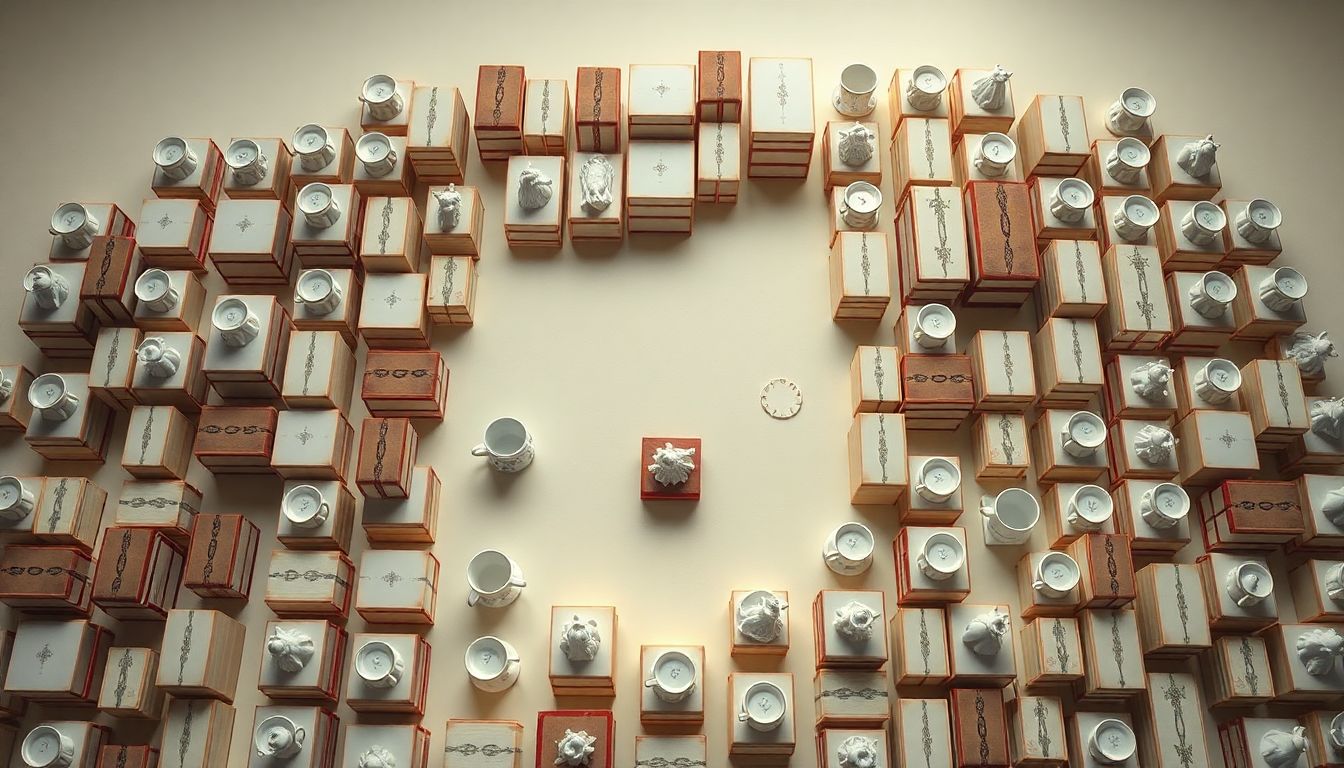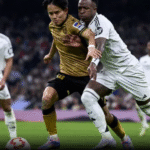
Find the Missing One: Mastering Visual Search Puzzles
The challenge of finding the missing object in an image offers more than just entertainment. It’s a captivating activity that sharpens our observation skills and visual acuity. Engaging with these puzzles not only tests our eyes but also stimulates our minds.
The Allure of the Missing Object
The Psychology of Visual Search
Our brains are wired to recognize patterns. The thrill of spotting what’s missing taps into this innate capability. Each puzzle activates different areas in the brain, making the process both enjoyable and rewarding.
Real-World Applications: From Spot the Difference to Security
Visual search skills aren’t limited to puzzles. They’re crucial in various fields, including:
- Security: Identifying threats quickly.
- Medicine: Radiologists looking for anomalies.
- Education: Teaching students observational skills.
Why This Skill Matters: Benefits Beyond Games
The ability to efficiently search for visual details has benefits that extend beyond recreational puzzles. Improved focus and attention to detail can positively impact academic performance and even career success.
Understanding Visual Search Patterns
Top-Down vs. Bottom-Up Processing
Visual processing can be categorized into two styles:
- Top-Down Processing: Uses our prior knowledge and expectations. We look for what we expect to find.
- Bottom-Up Processing: Starts with the raw sensory data. It’s direct and relies on what we see without biases.
The Role of Attention and Focus
Attention plays a critical role in visual search. Focusing on the task at hand helps filter out distractions and enhances the likelihood of spotting the missing item quickly.
Cognitive Biases and Their Impact
Cognitive biases can affect our search efficiency. These internal shortcuts can mislead us, causing us to overlook crucial details. Being aware of these biases helps sharpen our scrutiny.
Strategies for Efficient Visual Search
Systematic Scanning Techniques: Grid Method and Z-Pattern
Two effective methods for searching visually include:
- Grid Method: Break the image into sections and examine each one systematically.
- Z-Pattern: Move your eyes in a Z-shaped manner across the image, ensuring thorough coverage.
Utilizing Peripheral Vision for Faster Identification
Don’t just focus on the center of the image. Use your peripheral vision to catch movements or changes. This approach can speed up your search and increase your hit rate.
Training Your Visual Acuity: Exercises and Techniques
Regular practice enhances visual acuity. Consider:
- Daily puzzles: Engage with a new puzzle every day.
- Memory games: Improve your recall and observation skills.
Common Mistakes to Avoid
Rushing the Process: The Importance of Patience
Haste makes waste. Slowing down can mean the difference between spotting the object and overlooking it entirely.
Ignoring Details: The Power of Observation
Neglecting small details can lead to missing the key object. Train yourself to observe every aspect of the image.
Lack of Focused Attention: Maintaining Concentration
Distractions can derail your search. Create a focused environment to enhance your chances of success.
Types of “Missing One” Puzzles
Variations in Complexity and Difficulty Levels
Missing object puzzles range from simple to highly complex. Start with easier ones and gradually increase difficulty to build confidence and skill.
Different Image Styles and Contexts
Puzzles feature a variety of styles, from cartoon illustrations to realistic images. Each context presents unique challenges.
Integration of Other Cognitive Skills
Some puzzles may require additional skills such as logic or spatial reasoning. Embracing these challenges builds versatility in problem-solving.
Tools and Resources for Practice
Online Puzzle Websites and Apps
Numerous online platforms offer puzzles tailored to varying skill levels. These interactive tools allow you to practice regularly.
Educational Games and Activities
Look for games designed to improve observation skills. These can be fun and engaging ways to sharpen your abilities.
Books and Workbooks Focused on Visual Perception
Many resources are available to foster your visual search skills. Consider workbooks that target visual puzzles and exercises.
Conclusion: Sharpen Your Visual Skills and Enhance Your Problem Solving Abilities
Finding the missing object is more than just a fun pastime. It nurtures essential skills that benefit various life areas.
Key Takeaways: Practical Applications and Benefits
- Improve pattern recognition and attention to detail.
- Enhance cognitive flexibility and focus.
- Develop skills applicable in real-life scenarios like education and professional fields.
Continuing the Challenge: Advanced Puzzles and Further Learning
Ready for more? Seek out advanced puzzles to continue improving your skills. Join a community of puzzle enthusiasts or online forums to engage with like-minded individuals.
By immersing yourself in the world of visual puzzles, you not only enjoy a delightful challenge but also equip yourself with valuable skills for life.
Horoscope 2025: Your Personalized Yearly Astrological Forecast by Date of Birth












Your point of view caught my eye and was very interesting. Thanks. I have a question for you.
I don’t think the title of your article matches the content lol. Just kidding, mainly because I had some doubts after reading the article.
I don’t think the title of your article matches the content lol. Just kidding, mainly because I had some doubts after reading the article. https://accounts.binance.com/cs/register?ref=S5H7X3LP
Can you be more specific about the content of your article? After reading it, I still have some doubts. Hope you can help me.
I don’t think the title of your article matches the content lol. Just kidding, mainly because I had some doubts after reading the article.